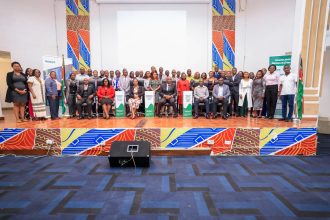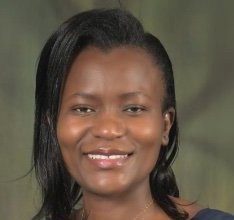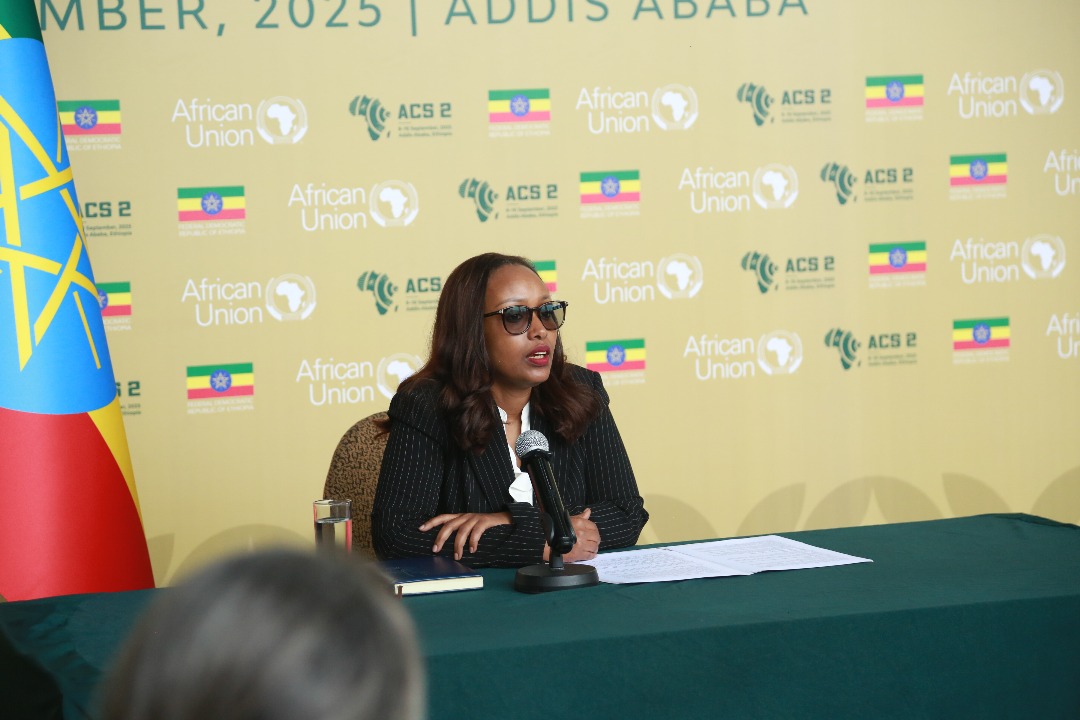By Henry Neondo
The Second Africa Climate Summit (ACS2) opens Monday in Addis Ababa with leaders, ministers, civil society, youth, and private sector actors gathering under the theme “Accelerating Global Climate Solutions: Financing for Africa’s Resilient and Green Development.” Over 25,000 delegates are expected to attend the three-day event, which Ethiopian officials have described as “a defining moment” for the continent’s climate future
At a pre-Summit press conference on Sunday in Addis Ababa, Ethiopia’s Minister of Planning and Development, H.E. Dr. Fitsum Assefa, who is also the National Coordinator of ACS2, underscored Africa’s dual reality: contributing less than 4% of global emissions but bearing some of the harshest climate impacts.
“Yes, Africa is a victim of climate change, but it is also providing climate solutions,” she told journalists at the pre-summit press conference.
The Summit is expected to deliver the Addis Ababa Declaration, a unified African position ahead of COP30 in Brazil, while pushing for reforms in global finance and scaled-up resources for adaptation, renewable energy, and nature-based resilience.
But as conversations focus on scaling up carbon markets, the African Coalition of Communities Responsive to Climate Change (ACCRCC) has cautioned against a top-down approach. Instead, the coalition is calling for carbon credits to cascade to grassroots communities—the true custodians of Africa’s forests, rangelands, and water bodies.
“Scaling up sounds good in theory, but in practice it often sidelines the very communities who live with and depend on these ecosystems,” said ACCRCC in a statement. “Cascading means ensuring finance, rights, and decision-making trickle down directly to the ward, village, and household levels where climate resilience is lived daily.”
Carbon markets have long faced criticism for opaque contracts, limited benefit-sharing, and weak community involvement in monitoring. According to ACCRCC, scaling without safeguards risks repeating extractive patterns where intermediaries profit while villagers see little change in their livelihoods.
Africa’s opportunity
With devolved governance structures and strong community associations, countries like Kenya, Ethiopia, and Tanzania are well positioned to pioneer this approach. From Samburu’s community conservancies to Busia’s smallholder agroforestry clusters, grassroots institutions already exist to anchor carbon finance.
By adopting cascading, ACS2 could help Africa move beyond being a source of cheap offsets for the Global North and instead build a model of community-driven climate finance integrity.
Over the next three days, leaders will engage in high-level sessions, fireside chats, and more than 199 side events, with 23 national and partner pavilions set up at the Addis International Convention Centre
For ACCRCC and its grassroots partners, the true measure of success will be whether Africa’s climate finance architecture finally delivers for the women, youth, and pastoralists whose daily struggles define resilience.
“Africa’s landscapes have served the world’s climate for centuries. It is time the world served Africa’s communities in return—from the top tables to the last mile,” ACCRCC concluded.




